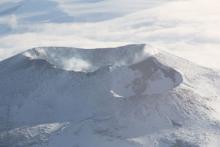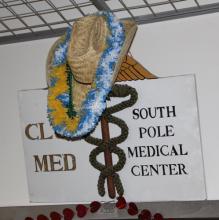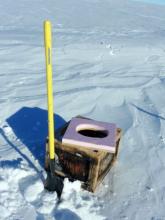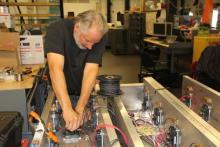What Are They Doing?
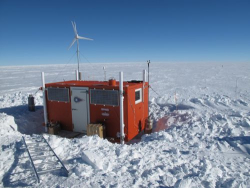
To do this, scientists created Automatic Geophysical Observatories (AGOs) that are active at five locations established across the Antarctic Plateau that house nearly identical instruments measuring atmospheric weather conditions. During their stay, the team made sure all of the different instruments were working properly and collecting reliable data. Supporting these observatories is crucial to the study of interactions between the magnetic fields of the Sun and of the Earth. Learning more can help us understand the potential disturbances in these fields that can disrupt radio communications or our power systems, and even take out satellites that orbit close to Earth.
Where Are They?

Latest Journals

Andrew Gerrard is a Professor at the New Jersey Institute of Technology (NJIT) and Deputy Director of the Center for Solar-Terrestrial Research. He received his BS in physics from the State University of New York at Geneseo in 1996 and his MS and Ph.D. in Electrical Engineering from The Pennsylvania State University in 1998 and 2002, respectively. His current research interests include remote sensing of the middle and upper atmosphere, atmospheric and magnetospheric dynamics, and synoptic observations of coupled systems.

Bob Melville did his undergraduate training at the University of Delaware and went on to finish a Ph.D. in Engineering at Cornell. He worked at Bell Labs and then taught electrical engineering at Columbia University before joining the United States Antarctic Program in 2004. He is currently employed by the New Jersey Institute of Technology as a staff engineer to support geophysical research in Antarctica. Bob was a member of the 2005-2006 winter-over crew at the South Pole. He is also an extra-class amateur radio operator WB3EFT.

Andy Stillinger is employed as a staff engineer for NJIT in support of geophysical research in Antarctica. Andy has done two tours with the USAP working on the Automatic Geophysical Observatories and will return to the Ice for the 2011-2012 season. (Deceased, Feb 23, 2021)

Professor Weatherwax is an internationally recognized authority on the interaction of planetary and terrestrial radio emissions, both natural and man-made, with space environment. At present, and together with his research team of students and engineers, he directs optical, radio, and magnetic experiments in Antarctica, Canada, and Greenland. The Weatherwax Glacier in Antarctica is named in his honor to recognize his research efforts on that continent.

